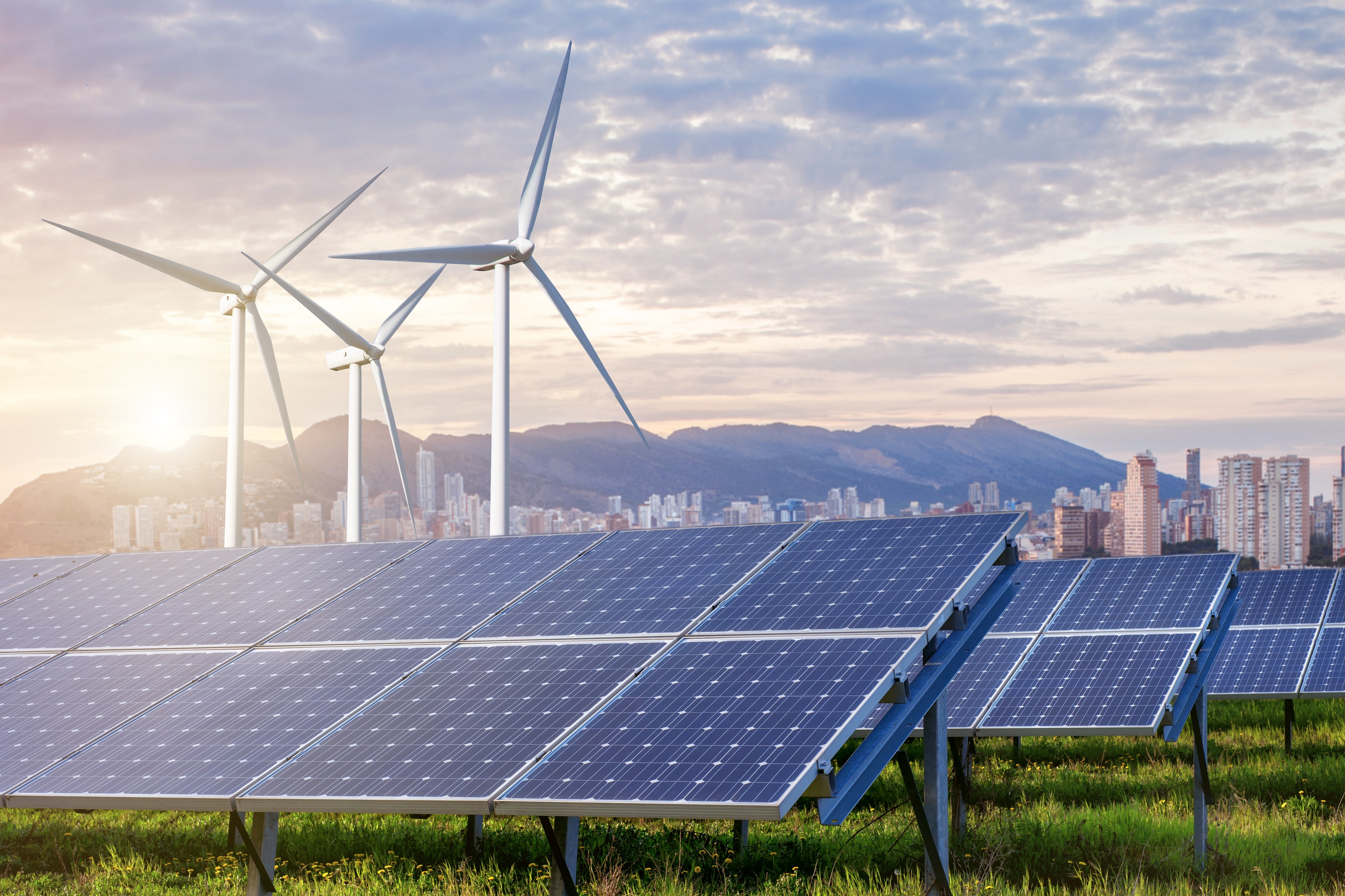Renewable power technology is, essentially, enabled by copper. The world simply cannot successfully transition to fossil fuel alternatives without it.
Discover exactly how dependent a green energy-fuelled Earth is on the use of copper below. You may even think of it as “copper power” – not “solar power” or “wind power” – by the time you reach the end!
1. Copper actually encourages recycling
Copper is a sustainable material that is 100% recyclable. It is also perhaps the only substance in the world that has incredibly strong incentives for being recycled. For starters, its value is high enough to motivate its reuse. The recycling process uses a mere 20% of the energy that’s required during copper’s primary production phase in mines.
But here’s the clincher: recycled copper fully retains its highly-coveted properties. That means none of its performance in electrical or thermal conductivity – or, indeed, its hygienic and health-related benefits – are lost during recycling. It’s no wonder that no other metal has a higher recycling rate.
Close to half of Europe’s total demand for copper was sourced through recycling in 2010. Every year, almost as much copper is recovered and reused from copper’s recycled incarnation as the metal that comes from freshly-mined copper ore. That’s sustainability in action!
2. Copper and Electric Vehicles have a long future together
As innovative companies like Tesla and traditional automakers accelerate the entry of affordable electric vehicles into global markets, demand for the materials that are essential for their production is close behind. For the electric vehicles of the future, copper is a magic ingredient. The ductile metal is the ultimate electric conductor (second only to silver) – but without the prohibitively high costs.
Copper has long been an essential ingredient in traditional automobile manufacturing, but new technologies require materials in completely new quantities. Approximately three times the copper is needed for manufacturing electric vehicles, as compared to fossil fuel-powered cars.
Think of the spike in demand for copper that this industry alone is creating! To put it in perspective, if the 80 million new cars sold worldwide in 2018 had been electric, 6 million additional tonnes of copper would have been required to manufacture them.
Fortunately, the spike won’t be so sudden. According to some estimates, by 2035 we’ll see an increase of around 100 million electric cars (or 43% market penetration) in the everyday vehicle market. That represents an increase in copper demand of 3.6 million tonnes – or in the region of 15% of the market today.

3. Fewer fossil fuels = far more copper
From wind and water-powered systems to solar, copper is at the heart of renewable energy efficiency. Without copper, we simply wouldn’t have the tools to make a transition to fossil fuel alternatives effective enough to be compelling.
Copper usage in renewable energy systems is (on average) five times higher than in conventional power generation, including fossil fuel-dependent and nuclear power systems. Again, it is copper’s qualities as an excellent conductor of heat and electricity that makes it a first prize substance for building sustainable energy infrastructure.
Take wind turbines for example. A single 660-kilowatt turbine contains somewhere in the region of 350 kilograms of copper. That means an entire wind farm could contain as many as 6 million kilograms of copper. To understand why wind power generation is so copper intensive, consider this: about 3.6 tonnes of copper are required to produce one megawatt of wind power, and it takes around 200 3-megawatt wind turbines to replace one large steam coal or gas turbine.
Without copper, we simply wouldn’t have the tools to make a transition to fossil fuel alternatives effective enough to be compelling.
4. Copper is solar power’s sidekick
Copper is vital for the collection, storage and distribution of solar energy in photovoltaic (PV) solar power plants. PV plants are built using almost 6 tonnes of copper for every megawatt of power generation. The copper in these plants is used for everything from connecting voltages to the grid, to conducting amperes (a unit of electrical current), and even powering the motors that angle solar panels dynamically towards the sun.
Choosing copper versus other metals is about weighing up its capital investment costs against its efficiency, and the cost of maintenance during its lifespan. By these standards, copper comes out on top. And, while copper may not grow on trees, the good news is that in-ground copper reserves are estimated to have increased from almost 100 million tonnes in 1950 to over 700 million tonnes today, despite the surge in usage. The fact that over 30% of copper installed in the last decade was from recycled sources goes a long way towards making its supply sustainable.
5. Copper is changing the face of Wave and Tidal Power Technology
It may sound futuristic, but one day in the not-too-distant future – depending on where in the world you live – your power may come from a tidal stream generator built from copper alloys that originated in land-locked Zambia.
Tidal power or tidal energy is nothing new, really. Tide mills were historically used in Europe and on North America’s Atlantic coast. Incoming water was stored in large ponds and, as the tide went out, it would turn waterwheels. The power from these wheels would be utilised for milling grain in technology that, some say, can be traced all the way back to the Roman era.
Although tides are more predictable than both the wind and the sun, one of the biggest challenges for tidal and wave energy technology is the survival of these systems in harsh marine environments, where metal components are at high risk of corrosion. That’s where copper comes in.
Corrosion-resistant materials like copper-nickel alloys and titanium can significantly reduce – and even eliminate – damage from corrosion. Today tidal energy is the least developed of renewable energy sources but, with copper’s help, it may become a powerhouse for tomorrow.
The future is red metal
In the context of renewable energy, copper’s high efficiency levels and low environmental impact are unparalleled, and the green revolution will almost certainly be the key driver for copper’s demand in the decades to come. This poses an enormous challenge to copper-producing countries but, for Zambia, the increase in demand is extremely good news.
Africa’s second-largest copper producer (after the Democratic Republic of Congo) is home to copper deposits with a relatively high grade (approximately 2-3%, in comparison to a global average of around 0.8%). Zambia’s Copperbelt region has also bucked global trends by reporting increases in copper output in recent years. The green revolution’s future, you might say, is red.
























